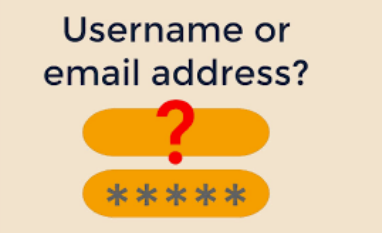It has been sometime since I have had time to update my website with new material as my GitHub OSINT tools & resources take up quite a bit of my time. I thought it was time to have a change and write a new blog over the Christmas holidays. The inspiration for this blog came … Read More “Happy New Year & Happy OSINT Hunting” »
Tag: Email
OSINT, Search Engines, Social Media
OPSEC, Privacy
Do you want more control over what recipients can do with your email and attachments? I have decided to put together a quick blog, nothing fancy on how you might want to have more control over how emails and attachments are treated by the recipient. I welcome any feedback if people have other tricks of … Read More “Do Not Forward or Copy!” »
OSINT
It has been a while now since my last blog post, so I thought it was time I got the keyboard out. I hadn’t realised how long it had actually been until I started migrating my Medium content to my own website. I want to write a small blog on how we can use an … Read More “Email to Username” »



